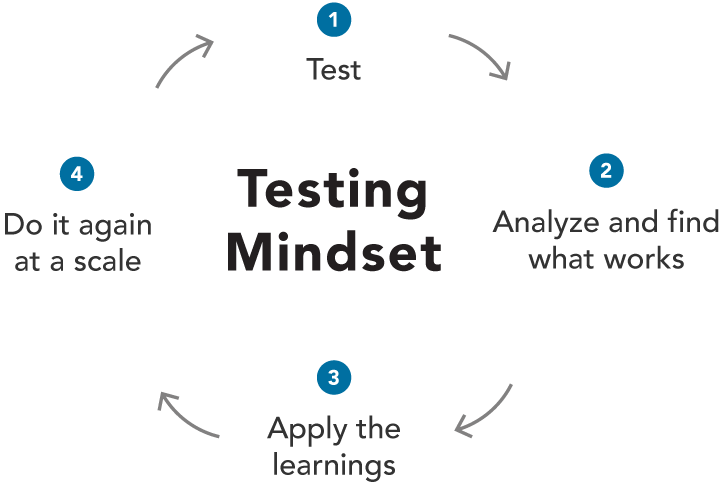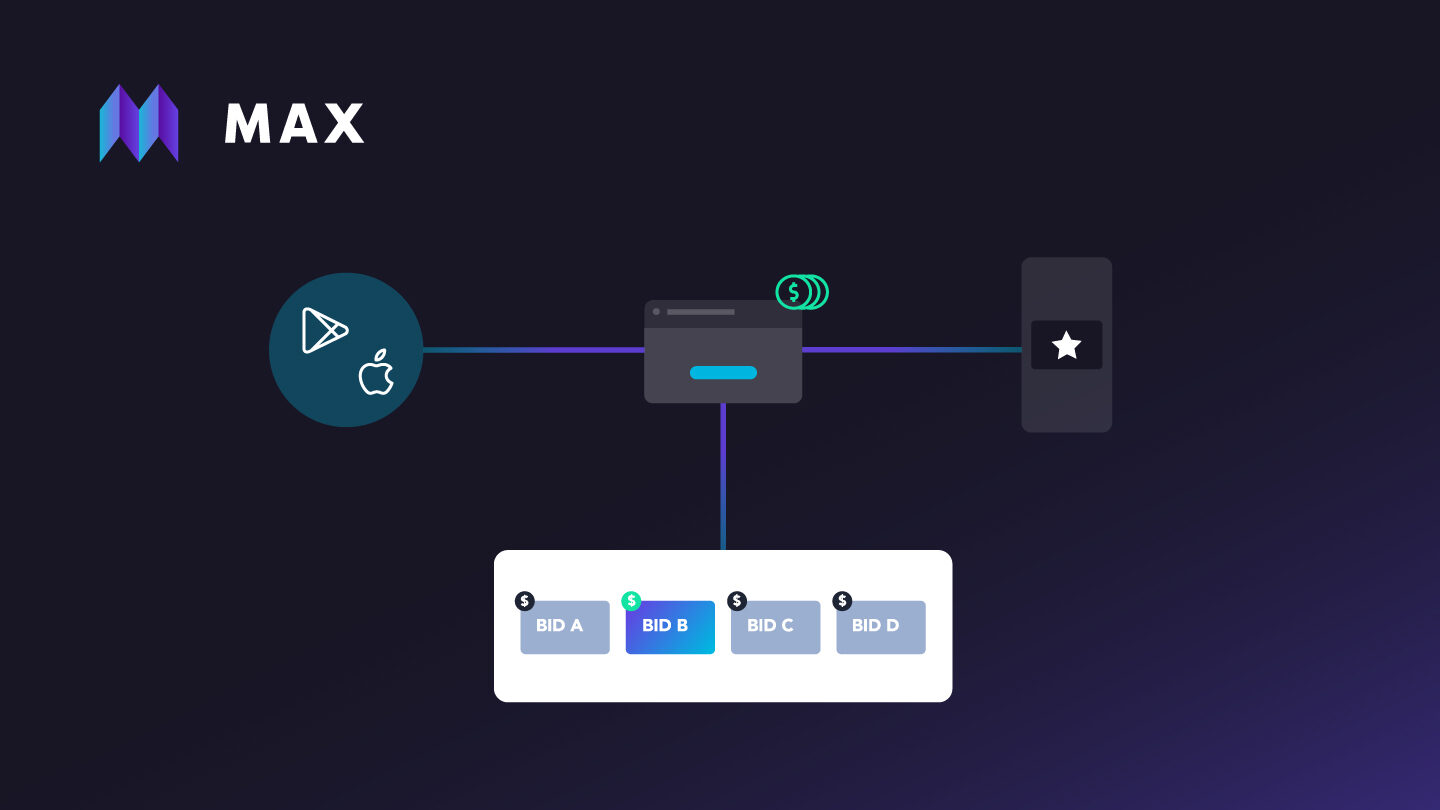
How to work with an ad network
This is a guest post by Saikala Sultanova, head of user acquisition at Space Ape Games.

Saikala Sultanova
If you’re charged with user acquisition for a mobile gaming company, collaborating with ad networks is a crucial part of your job. I’ve worked closely with various ad networks for nearly six years, and I’ve seen how a great relationship with your ad network can be a key component in your business growth.
Here are a few suggestions for making sure your partnership with your ad network is productive.
Cover a lot of ground in the introductory call.
After the usual meet and greet on an intro call, it is important to cover the following:
Your target audiences: Be sure to share with the ad network what countries and platforms characterize your target audiences, as well as OS targeting. Also cover negative targeting and excluding existing users from serving impressions. Share the list of devices your app/s performs best on since those are a good target. Sharing data on what you already know about your user base helps better prepare both sides for your user acquisition activity and paves the way for the success of the partnership overall.
Contract terms: Review the terms of your contract (commercials). This should include invoice payment 30 days net and a strong cancellation policy. Also, if the IO (insertion order) doesn’t cover data protection and privacy, suggest that the vendor sign your MNDA (mutual non-disclosure agreement).
Additional services: Be sure to ask your contact at the ad network about its particular strengths and any additional services it offers. You’ll want to know in which countries and platforms the network has the strongest presence — that can help you decide where to test first. Some networks also offer creative studio support, which is very helpful if you need assistance resizing and amending your creatives.
Tracking partners: Most ad networks work with all of the main tracking partners, but it’s a good idea to double-check. (And while we’re on the subject, when you’re researching tracking partners, be sure to do your homework before signing up with one!)
Place a premium on good, regular communications.
In this business, you need to have close communication with the account manager at your chosen ad network. When you launch a first campaign, you may need quick daily chats in order to set things up correctly and ensure that you are all aligned on KPIs and target goals. Later, weekly emails or calls are probably sufficient. During those calls, you should do a performance review of the week, of the month to date, and a comparison against an aggregate overall view of other networks you may be using.
Monthly conversations are good, not just for covering your monthly progress, but also for keeping you on track for your quarterly goals. If an ad network can share industry benchmarks once a month or so, that helps you understand what “good” looks like in context. Your ad network should also use this time to give you product updates so you can evaluate whether or not they are relevant to your user acquisition activities. Monthly catch-ups are also a good time to share your own product news or plans for soft and global launches.
It is helpful to regard your relationship with an ad network as a partnership. This means sharing information and supporting each other in every way possible for the best results. Help them to help you!
Familiarize yourself with the ad network’s USPs.
Most mobile networks fall into just a few categories, but you still want to be clear on each one’s USPs (unique selling points). Talking with the ad network’s biz dev representatives will give you a good sense, but here are the basics on each category:
Video ad networks with direct SDK: This type of network has its own ad-serving SDK that plugs into publishers’ apps directly and serves video creative. Video ads took the lion’s share of ad spend in 2016 and continue to grow, which for advertisers conveniently puts ad networks’ focus on developing video ad space further and faster.
Static / animated GIF / video ad networks with direct SDK: Similar to video networks, there are some that cover a variety of creative formats that are also plugged in to publisher apps directly via ad-serving SDK.
Social networks, with their advanced targeting options taken from user profiles: With this type of ad network, advertisers can typically pay per impression and/or clicks, but optimise ad spend for installs and/or post-install events.
Messenger apps: In some regions, such as Southeast Asia, messenger apps are a big part of daily life. They operate in a similar fashion to ad networks and offer various placements. If your game is already popular in Southeast Asia, or you think it has a potential to acquire new users there, you will definitely want to make use of messenger apps such as Line or WeChat.
DSPs (Demand-side platforms): Powered by RTB (real-time bidding) or programmatic trading, DSPs allow advertisers to buy impressions across a range of publisher sites, but targeted to specific users based on information such as their location and their previous browsing behaviour. Publishers make their ad impressions available through ad exchange marketplaces.
Understand and leverage the strengths of the ad network.
Each ad network has its own particular strengths: some are best on a specific platform and some are stronger in specific markets. Your job is to identify its strengths within a given network and test it with your app. Quality user acquisition goes hand in hand with staying in a testing mindset: Test → Analyse and find what works → Apply the learnings → Do it again at a scale. Natural advertising environment changes and what didn’t work in the past may work in the future. If one of those seem to have a potential, I’d test it again.

We also use our best predictors of LTV and optimization indicators to give us more clarity where we stand and where we should invest profitably. Networks with self-service platforms and transparency can help you understand how to leverage the available data and help you iterate the incremental changes in working towards your ultimate marketing goals.
When you work in mobile user acquisition, cultivating a good relationship with ad networks you work with is paramount to growing your business. A thorough intro call and regular communications set the stage for a productive partnership. So too does having a good understanding of how the ad network functions and how to best employ the knowledge to test well and continue bringing fruitful results at a scale.
A games marketing and user acquisition expert, Saikala Sultanova enjoys working with integrated systems, creating efficient and sustainable UA strategies and achieving results. She is currently a Head of User Acquisition at Space Ape Games and a Co-founder of the UA Society. Previously, Saikala built the UA function for games company Miniclip and was instrumental in architecting the UA marketing team at Plumbee, a maker of Social Casino games.


